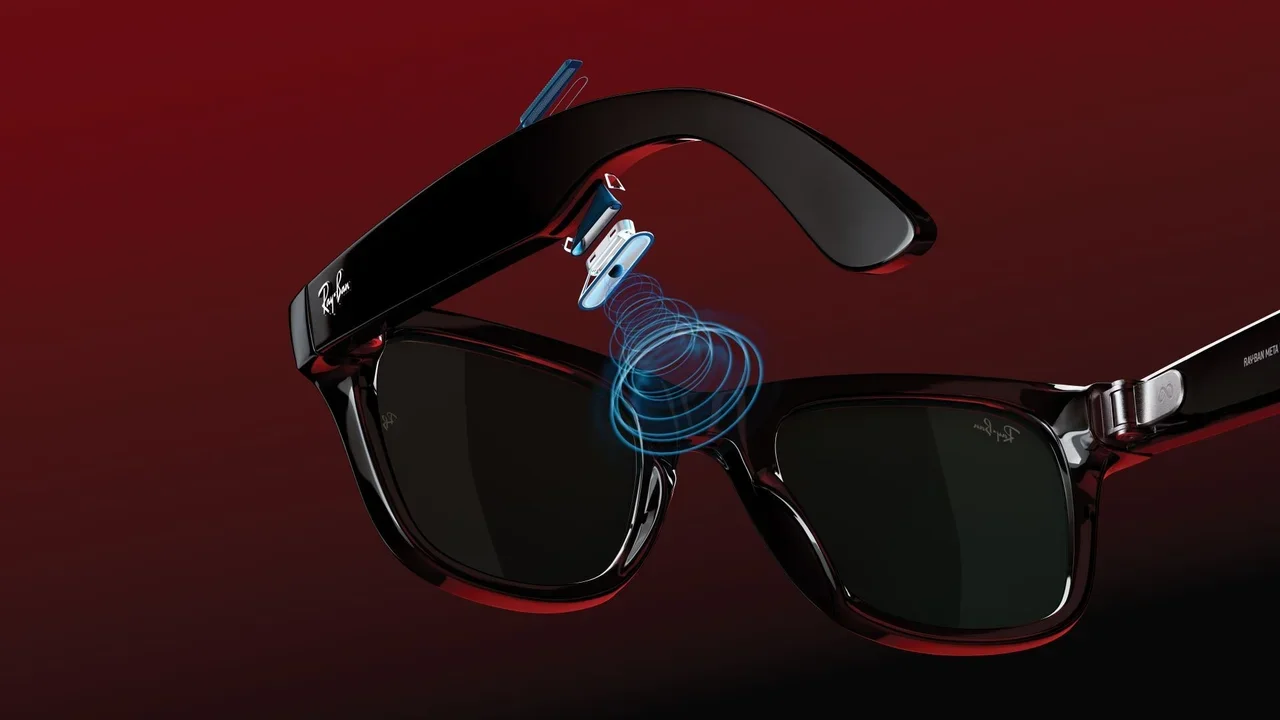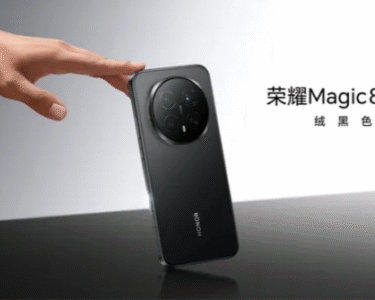Meta’s smart glasses mark the beginning of a new era where technology blends effortlessly into daily life. Designed to provide quick access to information without the need to reach for a smartphone, these glasses merge augmented reality features with voice control to create a hands-free experience. This innovation reflects Meta’s ambition to dominate the wearable tech industry, offering users a blend of convenience, productivity, and entertainment. Yet, while the concept is undeniably exciting, it also raises cultural and societal questions. As history shows with other wearables, disruptive technologies often change social behavior, and these glasses may reshape how we interact with one another in public.
What Meta’s Smart Glasses Can Actually Do
The features of Meta’s smart glasses go far beyond simple eyewear. Equipped with built-in microphones and speakers, they allow users to make phone calls, listen to music, and communicate with AI assistants. Integrated cameras enable hands-free photography and video capture, turning everyday activities into digitally recorded experiences. In addition, augmented overlays can provide navigation instructions, real-time translations, or reminders directly in your line of vision. For professionals, that means quick access to important information, while students may use them as interactive learning tools. Gamers, meanwhile, can enjoy immersive experiences beyond traditional screens. The glasses are essentially tiny computers on your face, offering limitless possibilities if executed correctly.
The Awkward Side of Smart Glasses
While the capabilities of smart glasses sound revolutionary, the social experience of wearing them is not always positive. Talking to an invisible assistant while walking down the street may confuse bystanders, who cannot tell whether you are speaking to them. Such interactions can create awkward or embarrassing moments in public. Beyond social discomfort, privacy concerns intensify the unease, as people often dislike the idea of being recorded without consent. A hidden camera embedded in eyewear can foster suspicion and reduce trust, particularly in group settings. Eye contact, an essential part of human connection, could also lose authenticity if glasses are distracting or intrusive. Instead of empowering users, these factors may leave them feeling isolated and self-conscious.
Why Meta Wants You to Wear Them Anyway
Despite these challenges, Meta continues to push smart glasses as a cornerstone of its long-term vision. The company sees them as a gateway to the metaverse, a step toward integrating physical and digital worlds more deeply. Widespread adoption would not only boost engagement with Meta’s platforms but also enhance its advertising and data-driven business model. Competing with Apple, Google, and Amazon, Meta aims to dominate early adoption in the wearable space. By designing glasses that resemble trendy sunglasses rather than futuristic gadgets, the company hopes to reduce stigma and appeal to fashion-conscious users. This strategy positions the product as both a lifestyle accessory and a technological tool, even though social acceptance remains a major hurdle.
Smart or Creepy? Public Perception Matters
No matter how advanced the technology, public perception will ultimately determine its success. Google Glass, for example, failed largely because people found it socially awkward and invasive. Users were often mocked, and concerns about constant surveillance damaged the product’s reputation. Meta faces a similar risk if it does not address cultural sensitivities and privacy issues directly. Transparency will be essential, particularly regarding when the glasses are recording. Without clear signals and user-friendly safeguards, trust may never be established. Privacy activists already warn about the dangers of surveillance, and casual users may hesitate to wear these glasses in social spaces. Innovation alone will not be enough—Meta must balance progress with responsibility to avoid repeating past mistakes.
The Future of Living with Smart Glasses
Looking ahead, smart glasses could eventually replace smartphones as the primary tool for daily digital interaction. Instead of tapping on a screen, users may rely on voice commands, visual overlays, and AI-driven insights. Everyday tasks such as shopping, navigation, and even dating could be transformed through augmented reality. However, mass adoption depends on three key factors: comfort, affordability, and trust. People are willing to embrace devices that make life easier, but not at the cost of social awkwardness or ethical concerns. Meta’s biggest challenge will be making the technology feel natural and acceptable in public spaces. If successful, we may soon enter a new digital lifestyle era. If not, these glasses will likely be remembered as another failed experiment in wearable tech. Either way, the conversation about how humans interact with technology will continue to grow, and the question remains whether convenience will outweigh awkwardness in the long run.




